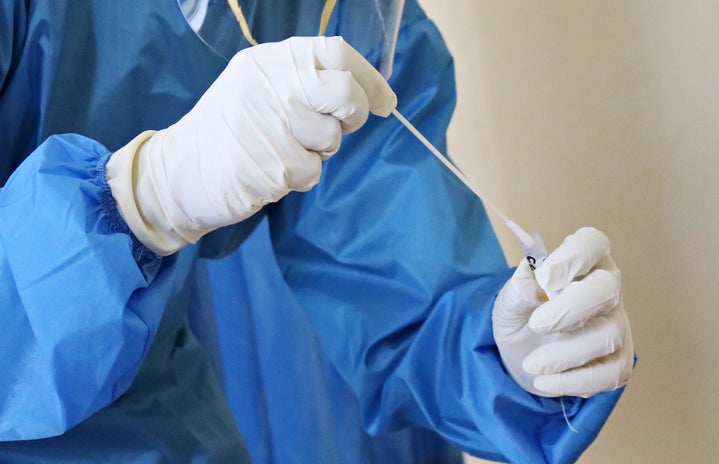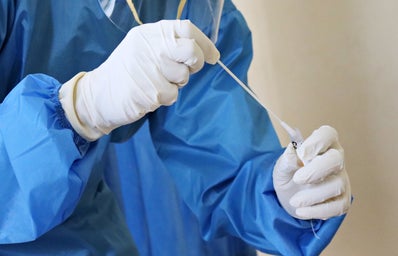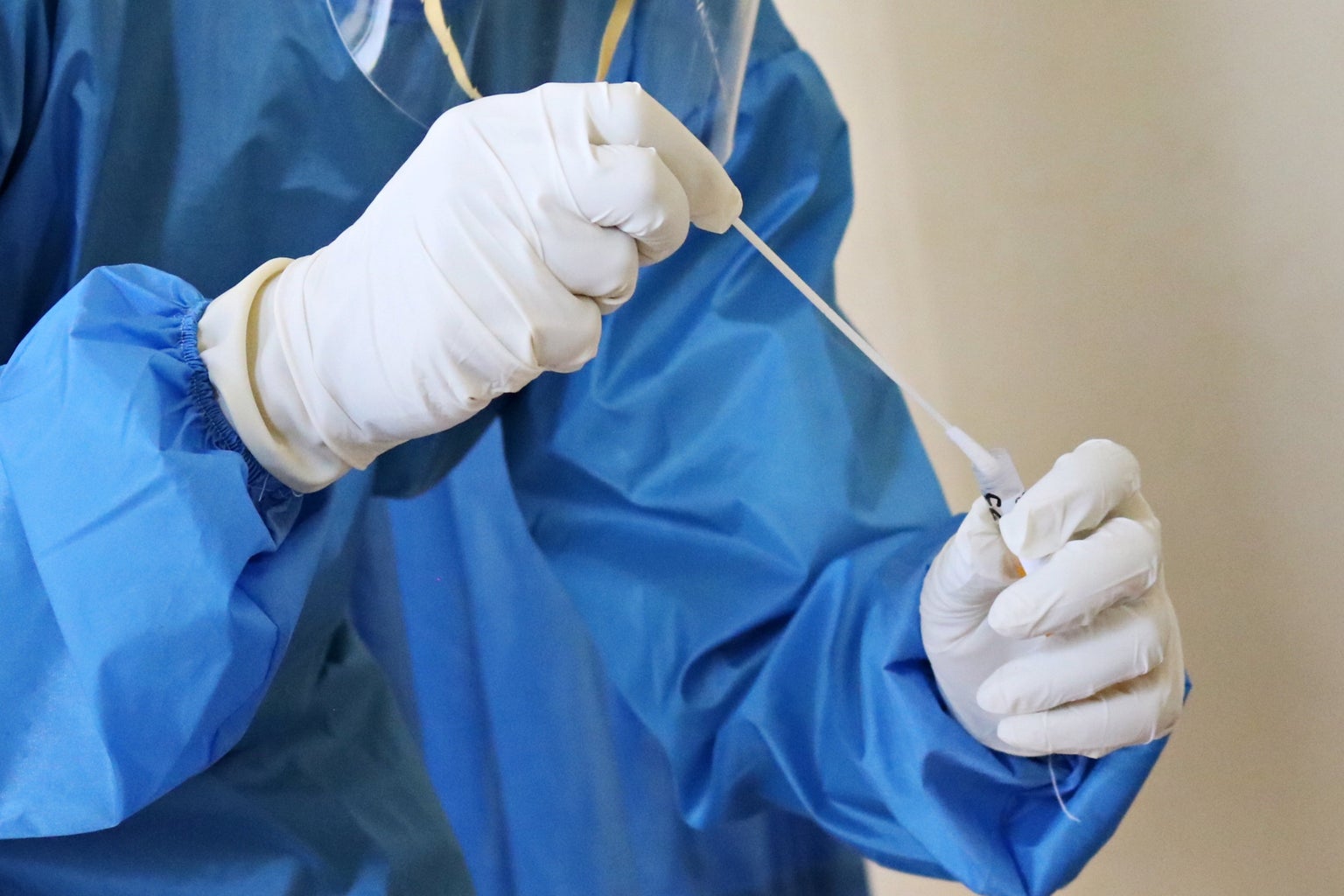Content Warning: The following is a research-based piece by a non-expert. Please consult a field expert for proper diagnosis and in-depth information!
We are hearing a lot about Cervical cancer nowadays in the news, friends & family, and from social media of course. But what is it exactly? Here’s a comprehensive overview of cervical cancer, covering its causes, symptoms, prevention, treatment, and more.
Cervical cancer is a type of cancer that starts in the cervix—the hollow cylinder that connects the lower part of the uterus to the vagina. Most cervical cancers begin in cells on the surface of the cervix. It’s essential to understand the key aspects of this disease:
Symptoms OF CERVICAL CANCER:
- Early Stages: Cervical cancer can be hard to detect because it usually doesn’t cause symptoms until the late stages. When symptoms do appear, they’re easily mistaken for common conditions like menstrual periods and urinary tract infections (UTIs). Typical cervical cancer symptoms include:
- Unusual bleeding (between periods, after sex, or after menopause)
- Vaginal discharge that looks or smells different than usual
- Pelvic pain
- Increased frequency of urination
- Pain during urination
Causes:
- Human Papillomavirus (HPV): Most cervical cancer cases are caused by HPV, a sexually transmitted infection. There are about 100 different strains of HPV, but only certain types cause cervical cancer. The two most common cancer-causing strains are HPV-16 and HPV-18.
- Immune System Response: Being infected with a cancer-causing strain of HPV doesn’t guarantee you’ll get cervical cancer. Your immune system often eliminates HPV infections within 2 years.
- Other Cancers: Besides cervical cancer, HPV can also cause other cancers in both women and men, including vulvar, vaginal, penile, anal, rectal, and throat cancers.
Treatment:
Cervical cancer is highly treatable if detected early. The main treatments include:
- Surgery:
- Simple Hysterectomy: In early-stage cervical cancer, the cervix and uterus are removed along with the cancerous tumor.
- Radical Hysterectomy: This procedure involves removing the cervix, uterus, part of the vagina, and lymph nodes along with the tumor.
- Radiation Therapy:
- High-powered energy beams (such as X-rays or protons) are used to kill cancer cells. It helps target the tumor locally.
- Chemotherapy:
- Chemotherapy uses strong medications to shrink or kill cancer cells. It can be administered through injections or orally.
- Common chemotherapy drugs include Bevacizumab, Carboplatin, Cisplatin, Docetaxel, Fluorouracil (5-FU), and Gemcitabine.
- Targeted Therapies:
- These therapies specifically target cancer cells without harming healthy cells. They may be used in combination with other treatments.
- Immunotherapy:
- Immunotherapy boosts the body’s immune system to fight cancer cells.
- It can be effective in some cases of cervical cancer.
Remember that the choice of treatment depends on the stage of cancer, overall health, and individual circumstances. Consult with a healthcare professional to determine the most suitable approach for managing cervical cancer.
I hope this article was informative enough to bring some clarity in the audience about cervical cancer.
For more info visit WHO’s official tab!


